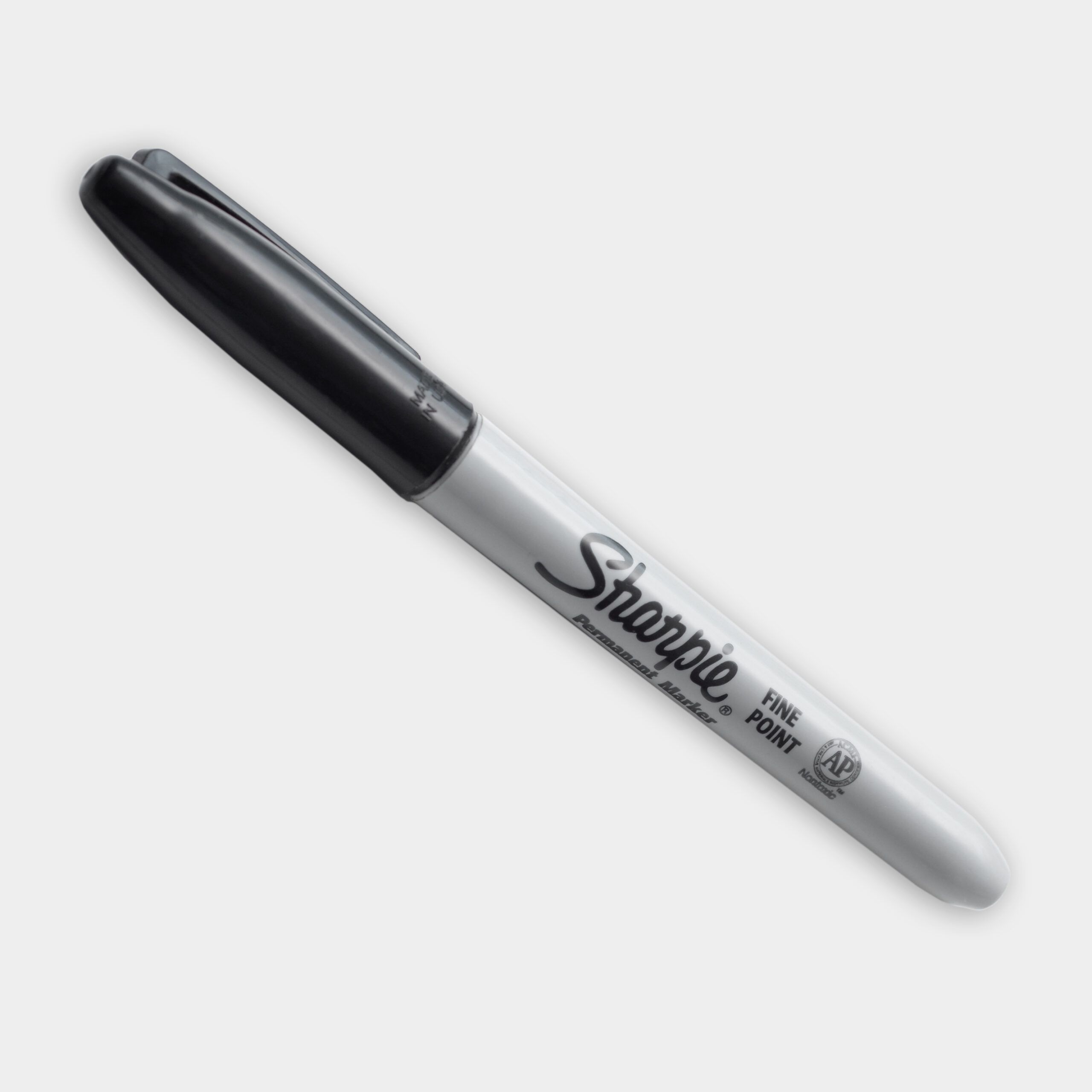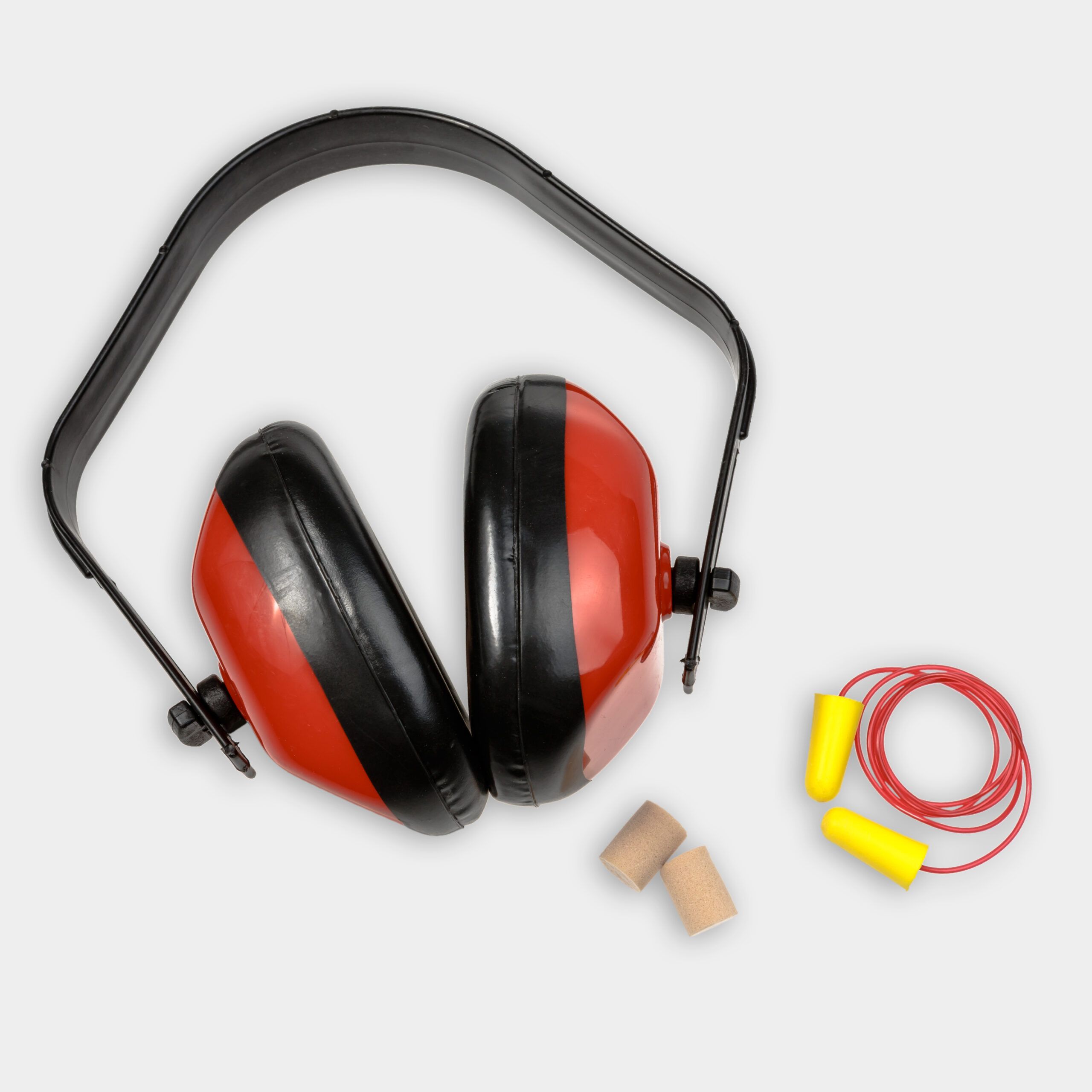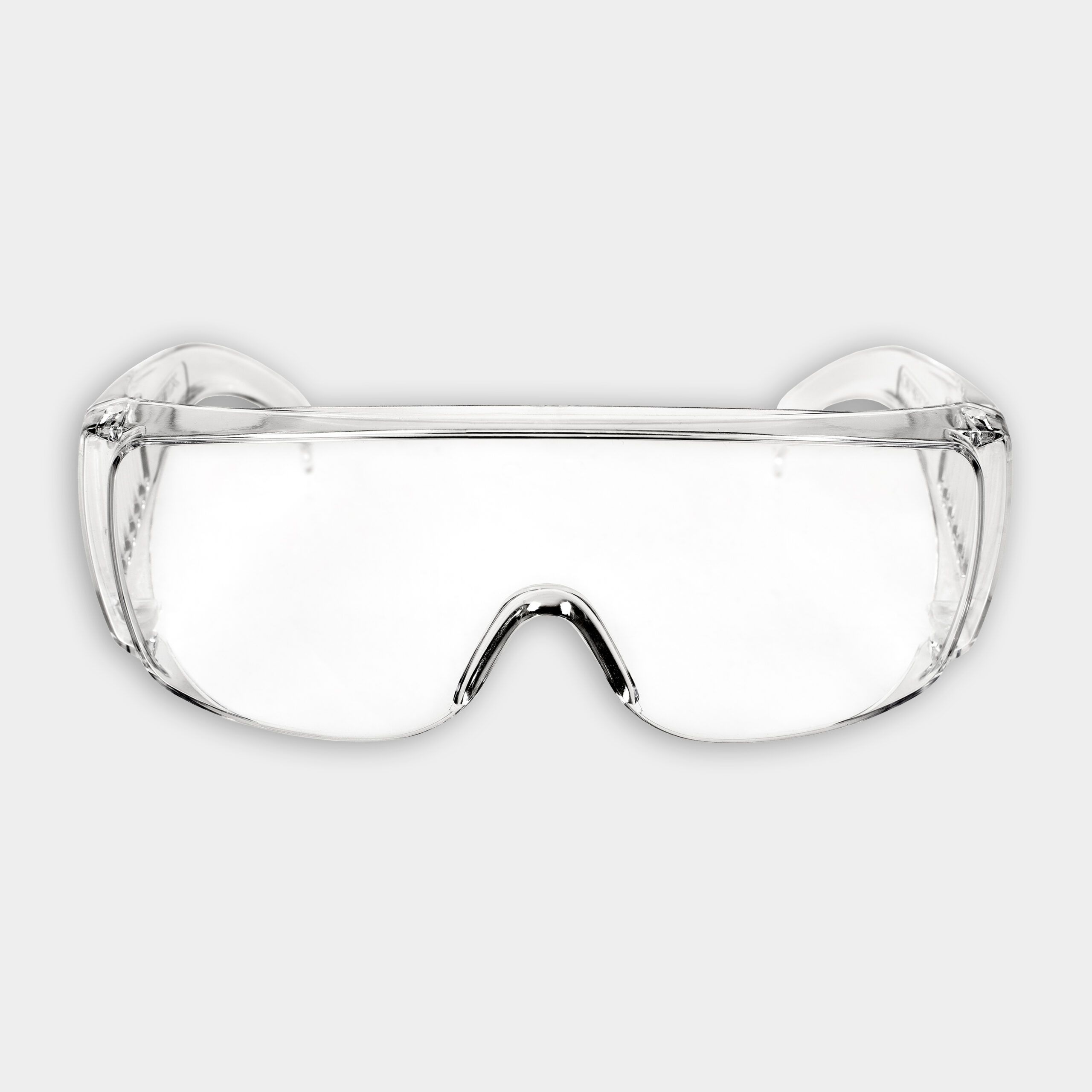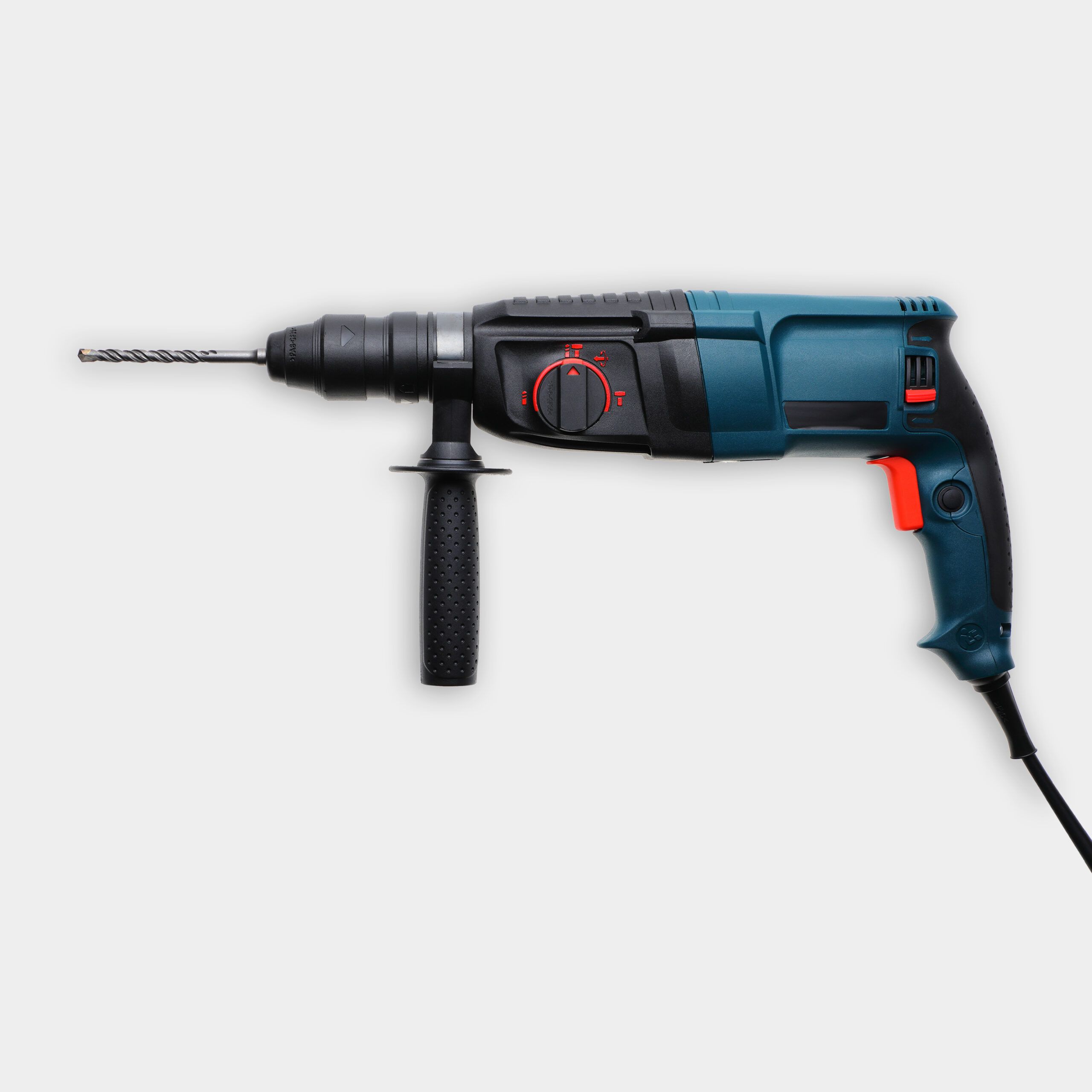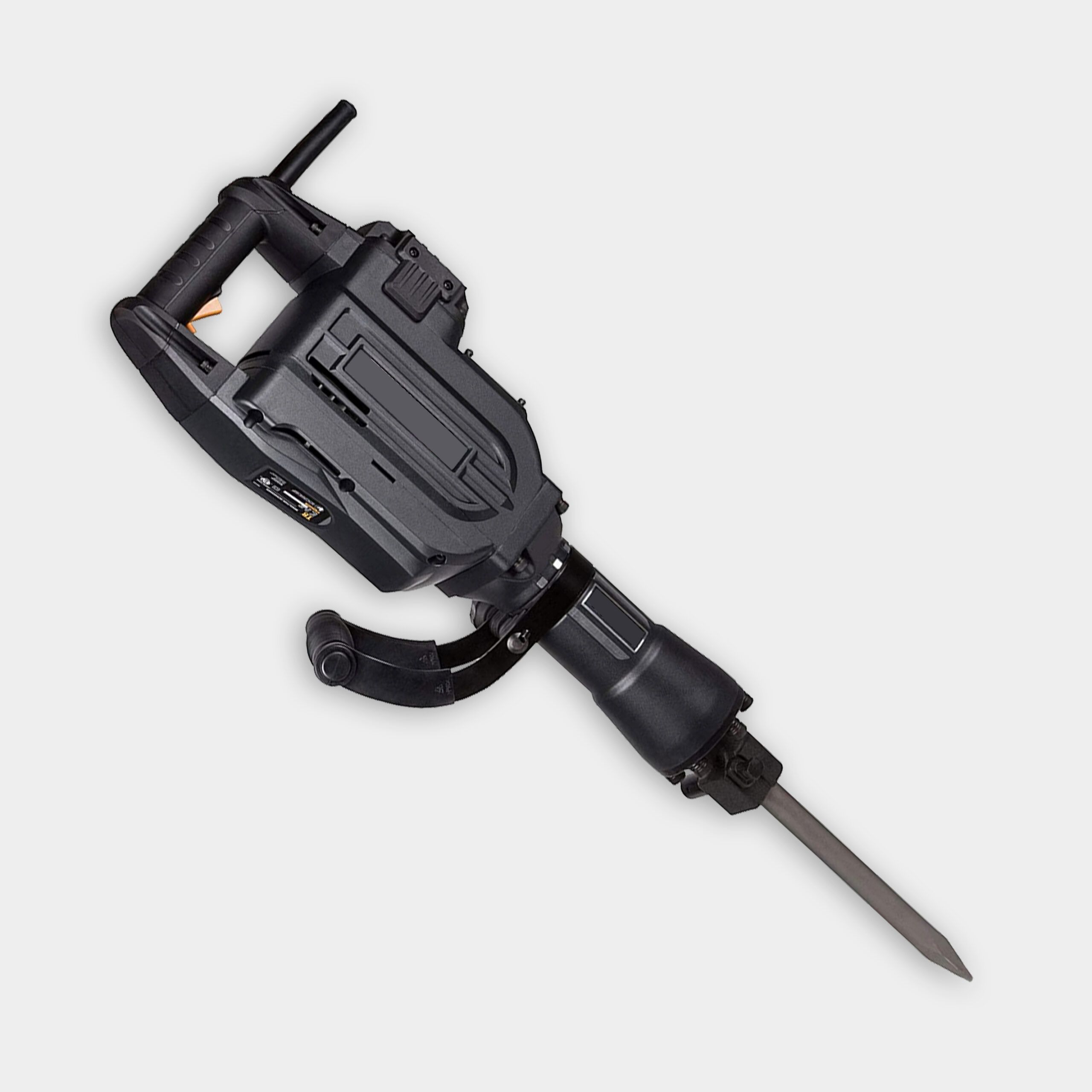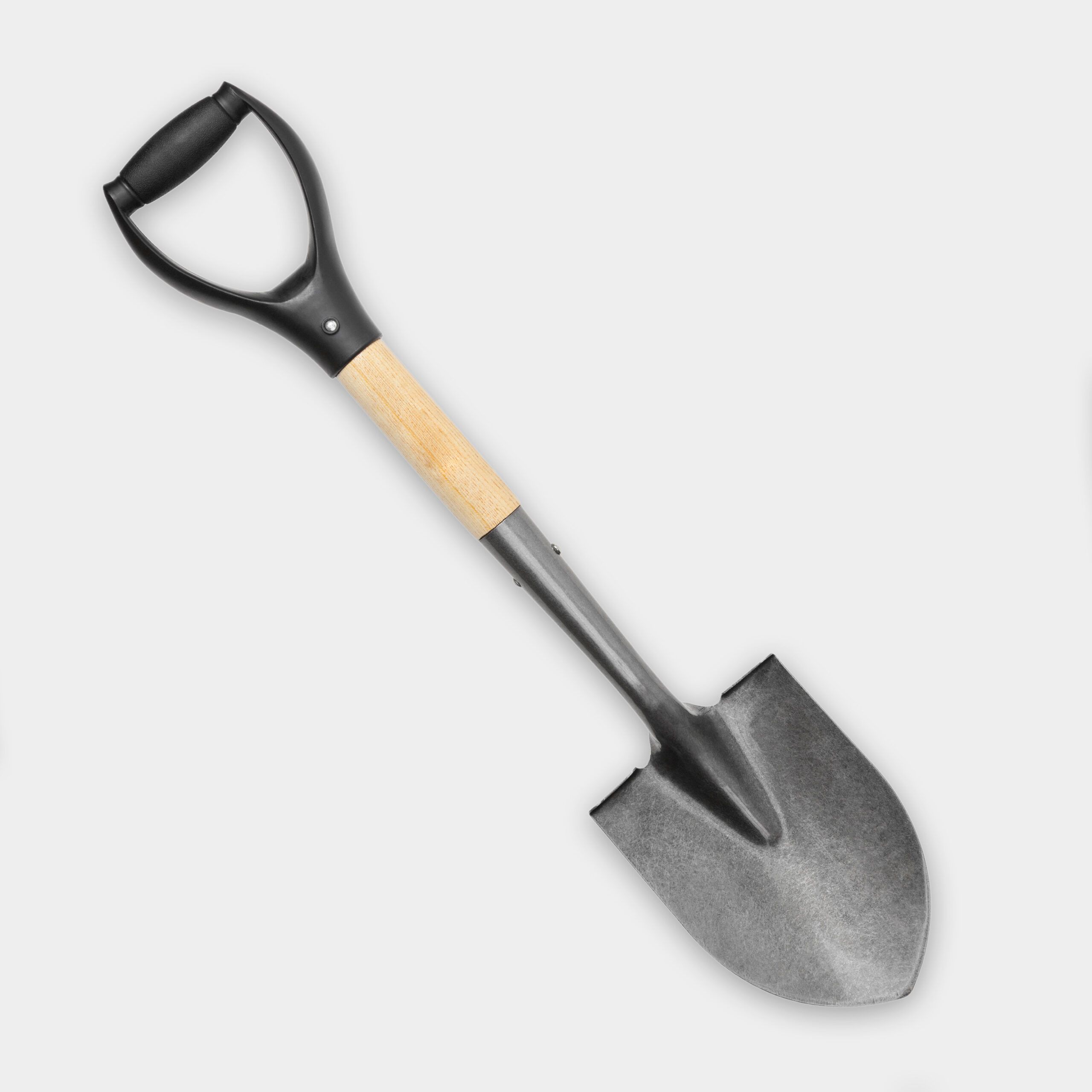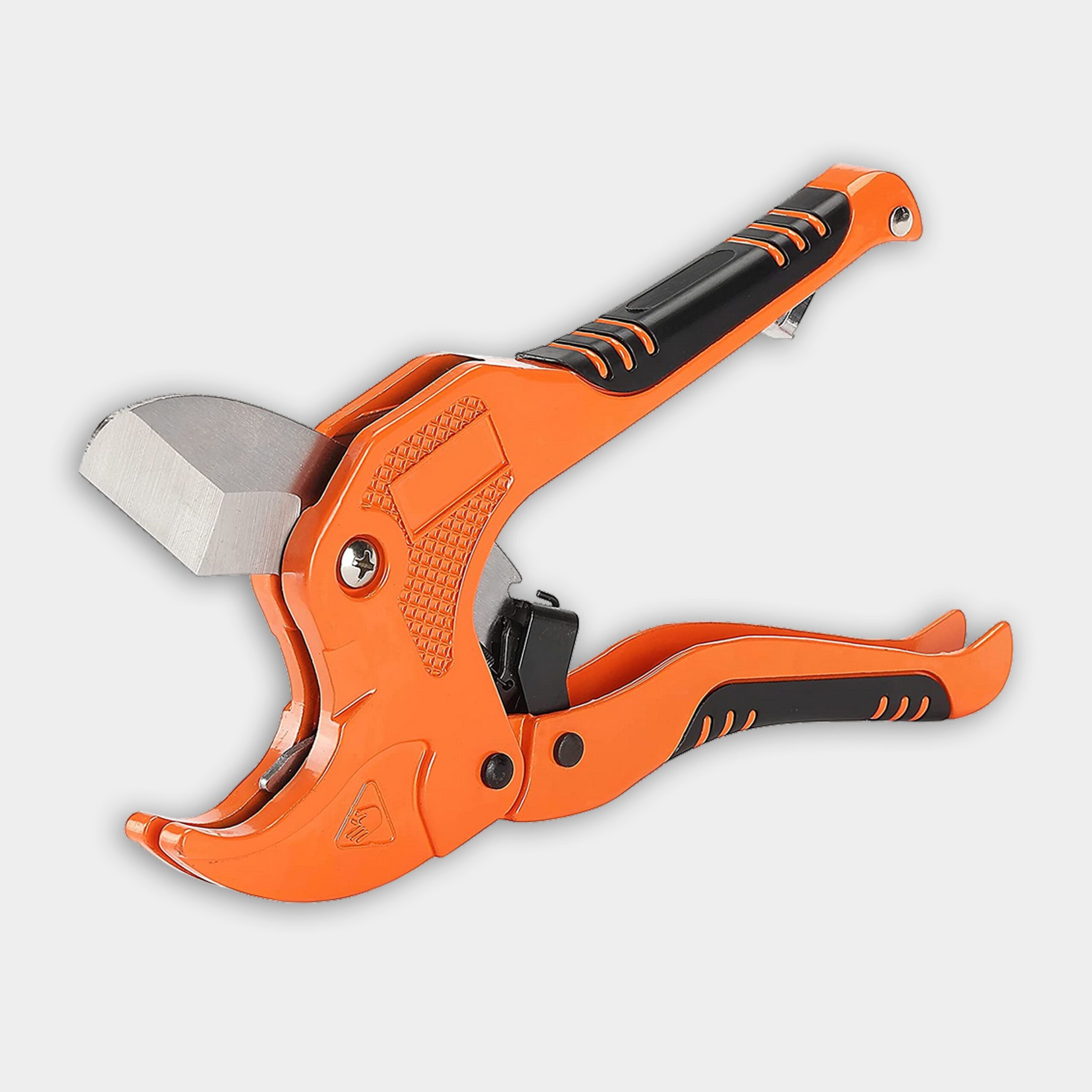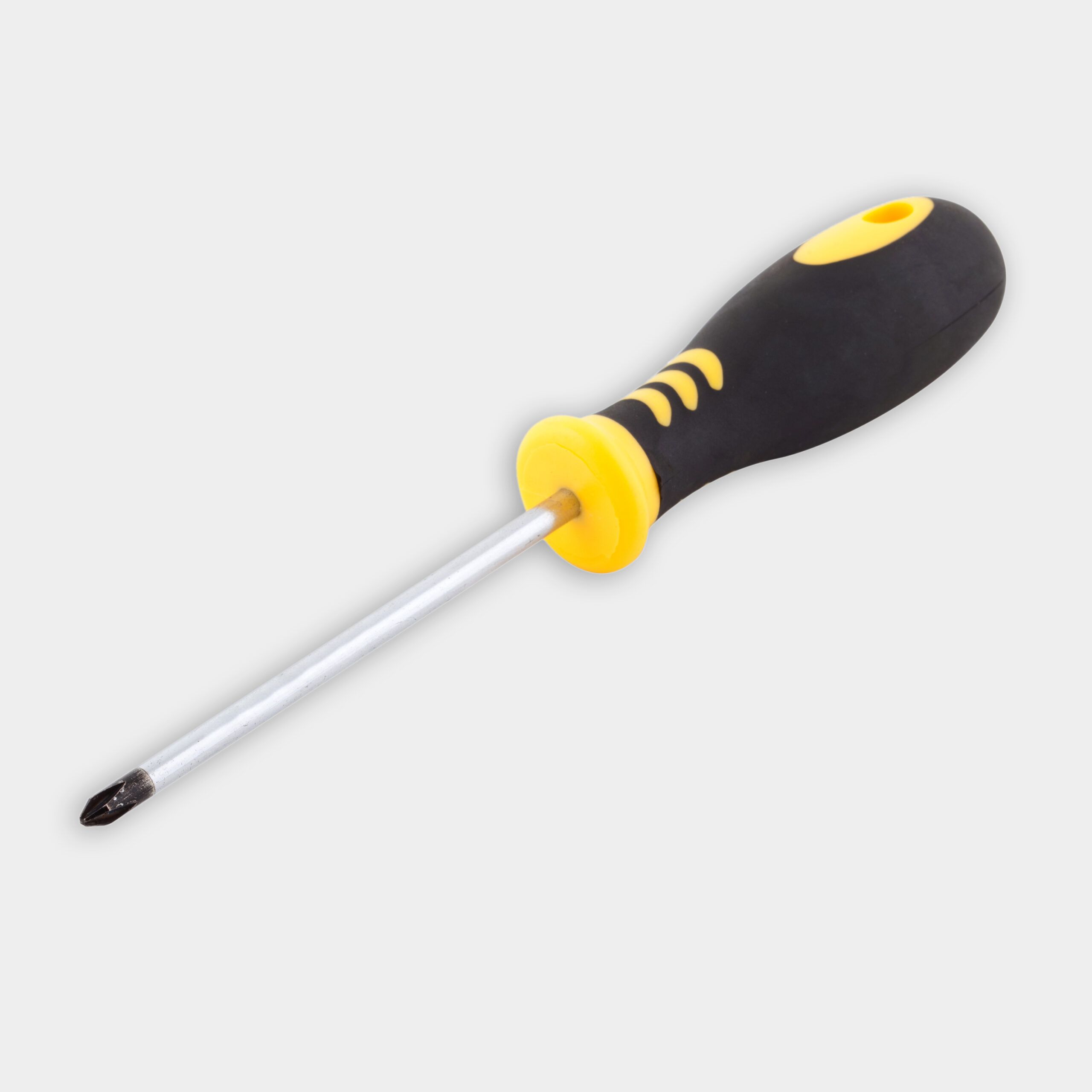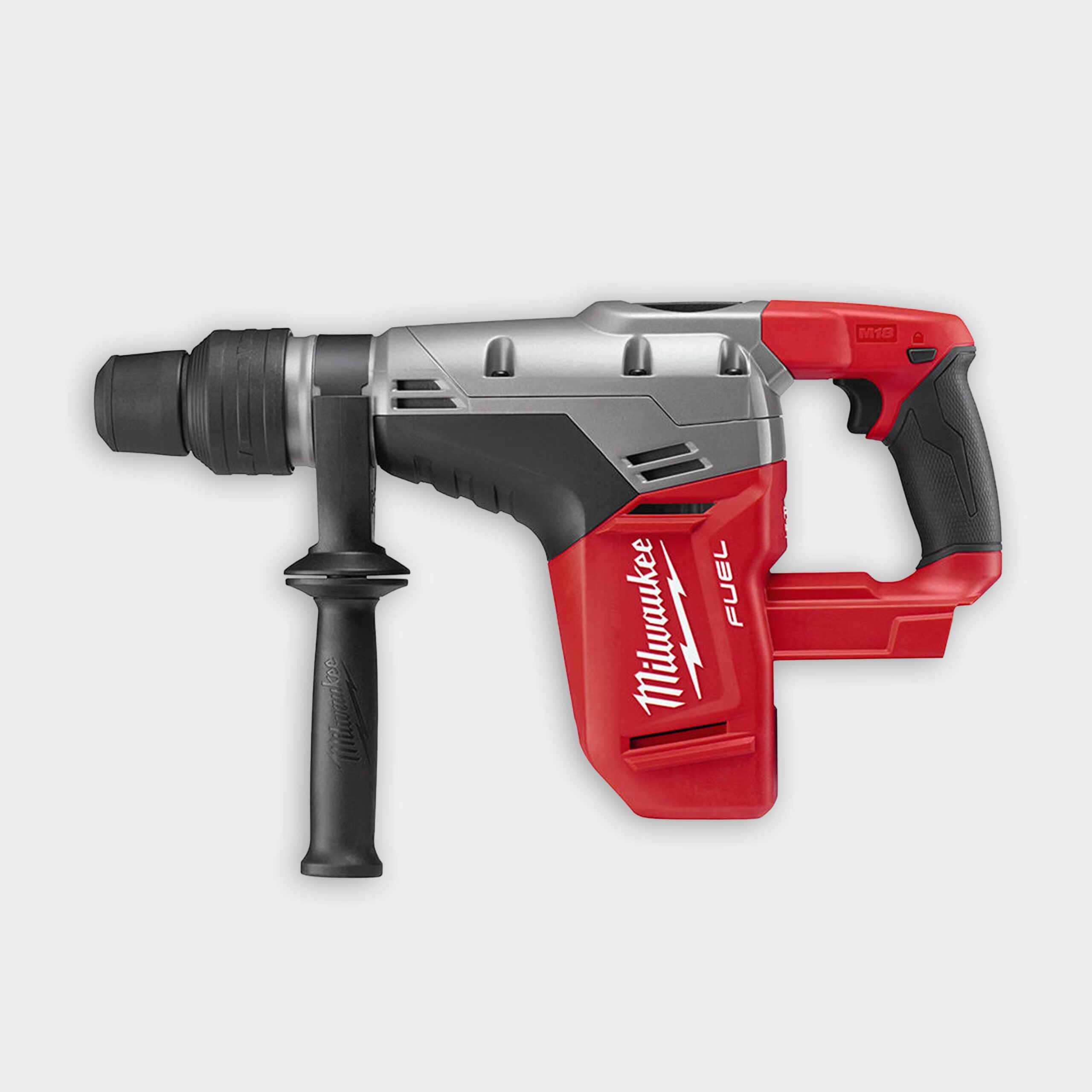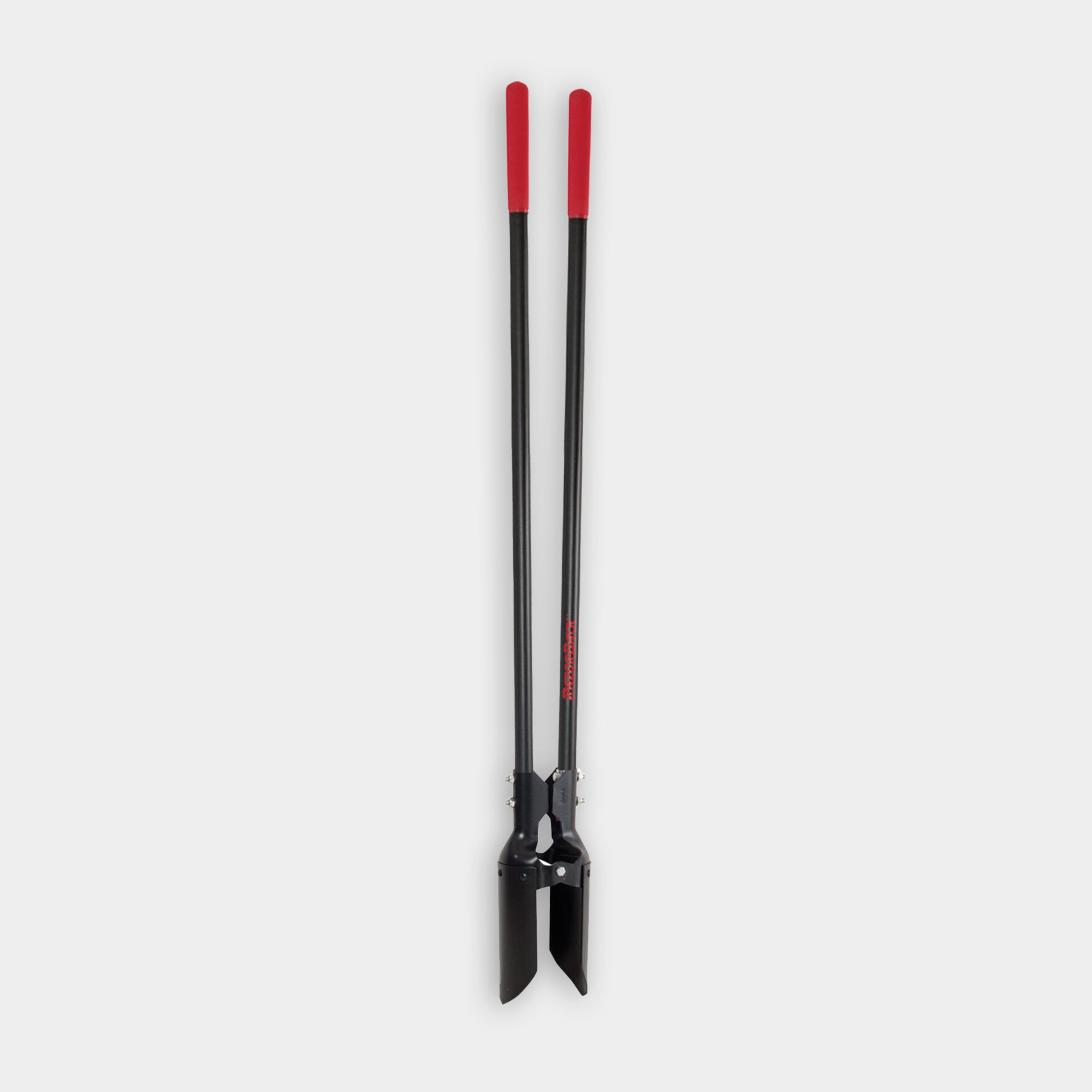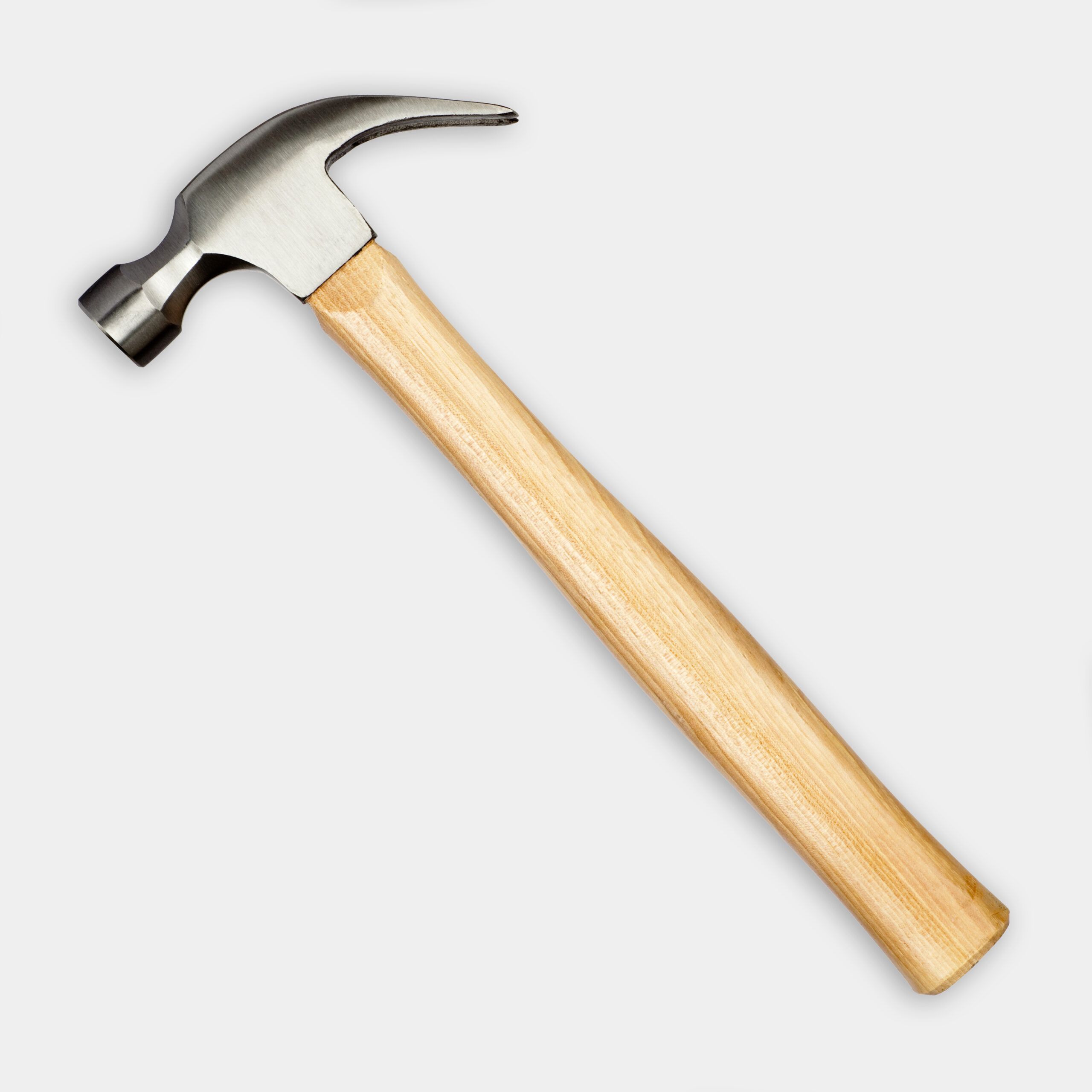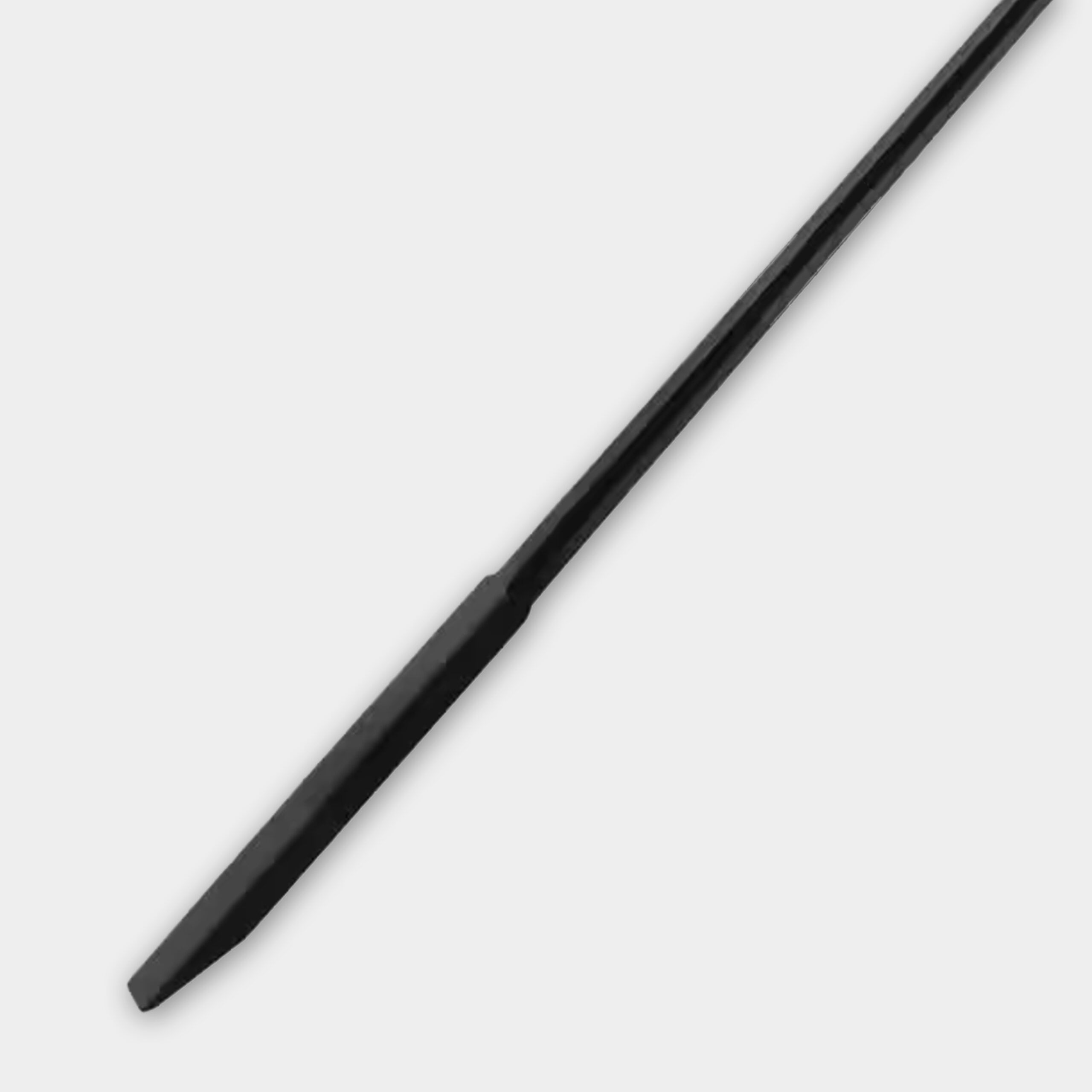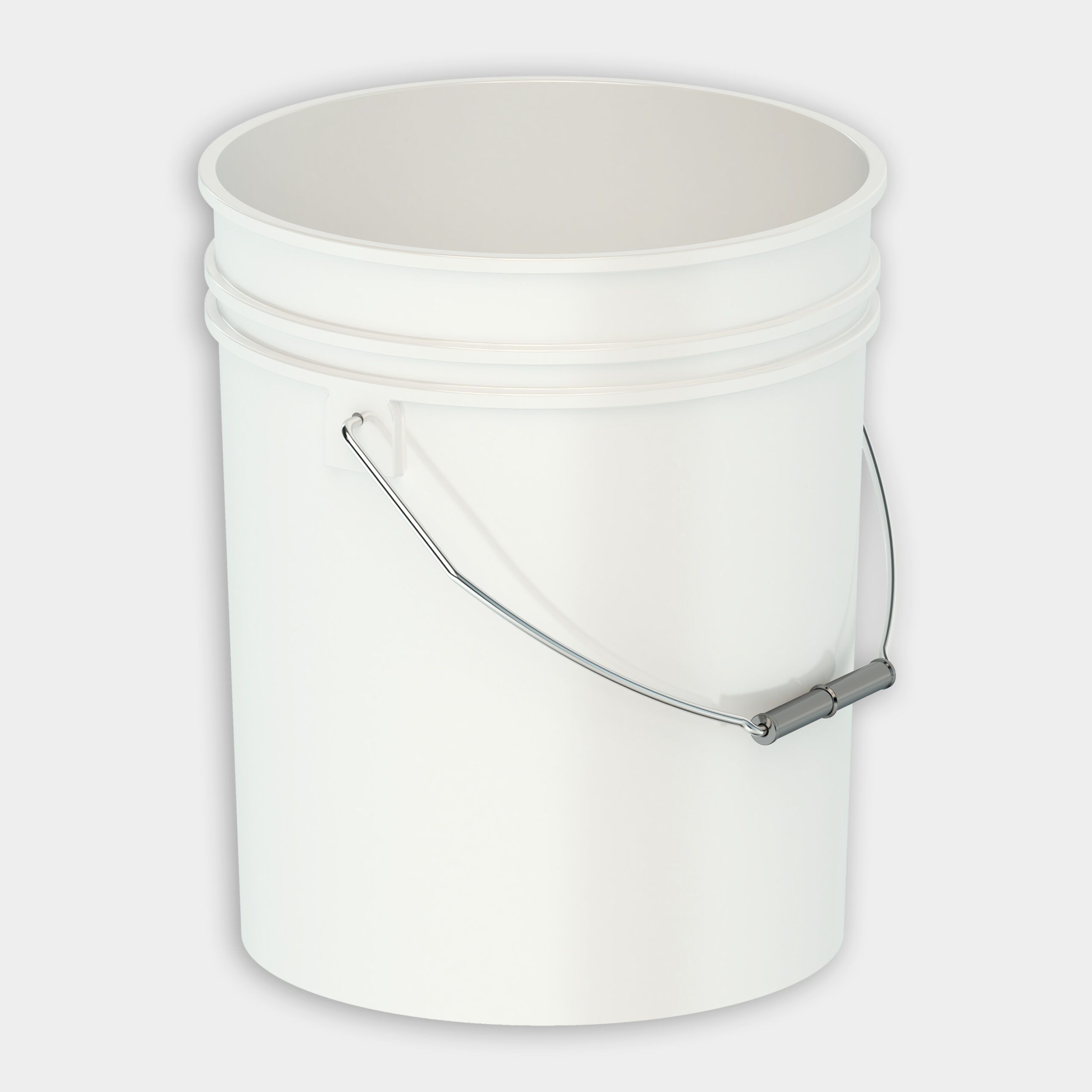There are a lot of reasons why a basement might take on water. Groundwater can seep in under the floor, downspouts could be positioned too close to the home. When a homeowner wanted to finish the basement for his daughter’s play area, he had to get to the bottom of the moisture problem first, and plumbing and heating expert Richard Trethewey knew a sump pump would solve it.
Types of Sump Pumps
Different types of sump pumps are available for different applications. Here are a few of them:
- Submersible sump pumps: Submersible pumps are the most common for residential use, and with today’s technology, they can operate quietly and efficiently.
- Battery backup sump pumps: Sump pumps with a battery backup keep your basement dry even through power outages.
- Pedestal sump pumps: Pedestal sump pumps are ideal for smaller basins, and since their motor sits above the pit, service and maintenance are that much easier.
- Water-powered sump pumps: Water-powered pumps use your home’s water supply pressure to do their job rather than electricity or batteries. They might be for you if you’re more environmentally conscious.
How to Install a Sump Pump
Note: Most basements that are suitable for installing a sump pump will not have underfloor utilities like water lines, drains, or power. However, it’s best to call 8-1-1 and have them locate all of the underground utilities around the home to get an idea of where any utilities could exit the building inside the basement.
- Start by finding a suitable location for your sump pump. This is often in a corner where water naturally pools.
- Place the basin on the floor in the corner and trace its outline on the floor with chalk or a marker.
- Using the hammer drill, drill a series of holes around the basin’s location, approximately 2-3 inches apart. Drill until the bit passes through easily to ensure you drill through the entire slab.
- Use the breaker hammer and a variety of bits to break up the slab in between the holes. Remove the rubble and chip any remaining edges that will prevent the basin from sitting inside the hole.
- Excavate the soil from the hole to a depth slightly deeper than the basin.
- Drill holes in the upper 3rd of the basin. The holes should be spaced around 4 inches apart and be around ½-inch in diameter. Wrap the basin with landscape fabric to prevent soil and rocks from entering the basin.
- Place the basin in the hole, insert the sump pump into the basin, and install the cover.
- Cut and install the PVC discharge pipe on the pump according to the manufacturer’s instructions. Install the check valve to prevent the discharge water from falling back down and reactivating the pipe.
- Place a towel over the lid to block the hole and spread gravel around the basin. Allowing it to fill in around the sides.
- Find a suitable location for the pump to push the water out of the house. Using a rotary hammer and a hole saw, drill a hole from the exterior of the building into the basement.
- Install the appropriate PVC pipe and fittings for the discharge water to exit the hole. Spray expanding foam around the discharge pipe to close off the exit hole.
- Attach a downspout extension to the discharge pipe and run it 10 feet from the house and onto a splash block to prevent the water from reentering the basement.
Sump Pump Installation Process
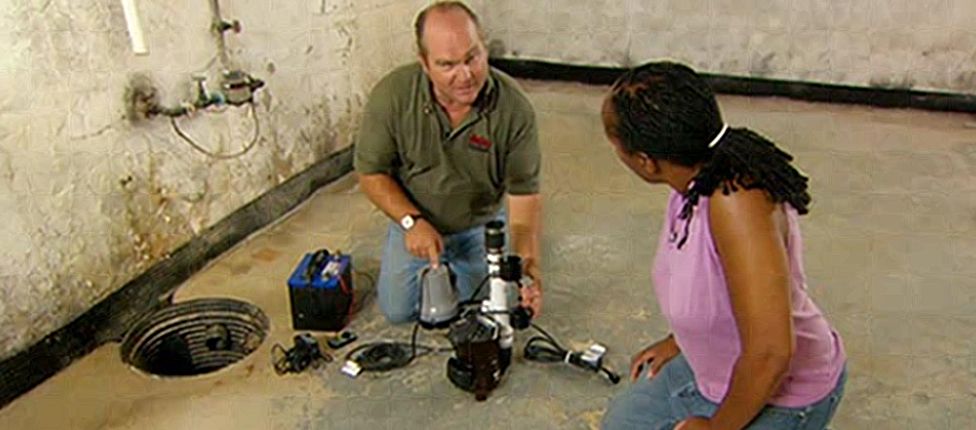
Installing a sump pump generally takes a professional’s help and guidance. Even if you have the right tools for the job, the chopping and digging is hard work that can take several hours to complete.
Preparation and Planning
Your installer will recommend a location for your sump pump that allows for proper drainage, is close to a power source, and follows local building codes. They’ll check for obstacles and ensure the outlet pipe drains away from your home’s foundation.
Creating the Sump Pit
Once a location’s decided, the installer marks an outline of the sump basin and starts breaking through the floor with a demolition hammer. They’ll dig deep enough to set the sump basin flush with the floor.
Then, they’ll wrap the exterior base of the basin with filter fabric to stop silt from clogging the pump motor. They’ll place several layers of gravel inside the basin, then a paver stone on top. “The pump manufacturer recommends putting a paver on top of the stone. They don’t want any stone getting caught in the impeller,” Silva says. “It also creates a nice, flat surface for the pump to sit on.”
Installing the Pump and Piping

Once the pit’s been prepared, it’s time to install the pump. The installer places the pump on the paver stone, then connects a check valve to the discharge pipe to stop water backflow. Then, they or another licensed plumber will install PVC piping from the check valve up the wall, out of the basement, and a little ways outdoors so water doesn’t settle right at the foundation.
Finishing the Installation
If all the connections are leak-free, then your installer will move to the finishing touches. They’ll fill the space around the sump basin with concrete and smooth it down to create a seamless finish with the existing floor.
Once the concrete cures, they’ll test the pump. They must check that the float switch activates the pump at the right level and that water’s discharged properly outside the home.
Sump Pump Maintenance and Troubleshooting
Regular maintenance ensures your sump pump functions properly when you need it to. Clean the pump and pit annually to remove debris, and test the pump each season by pouring water into the pit. When you run your test, check the discharge pipe and the impeller for clogs and damage.
Resources
Richard installed a submersible sump pump inside a sump basin. He attached a 1 ½” PVC pipe to the pump using a male PVC adapter for the water to go up to a check valve. The check valve prevents the water from coming back down to the pump.
After drawing an outline of the basin using chalk, Richard started drilling through the floor using multiple masonry drill bits while wearing hearing and eye protection. Once he had a drilled outline, he used a breaker hammer, rented from a local home improvement center to demo the rest. Other tools used to remove large pieces of debris were a post hole digger, shovels, hammer, pinch point bar, and buckets.
Once the hole was dug, Richard made small perforation holes in the basin using a step drill bit. He then added landscape fabric around the basin to prevent soil from getting into the basin. Richard added gravel around the basin to separate the soil even more for water to drain into the basin easier.
To make an opening from the foundation wall to the outside, Richard used a rotary hammer with a 2-5/8” core bit. He added more PVC for the discharge pipe to go up and out of the basement, using PVC cement to connect adapters and pipe together. After using a level to make sure the discharge pipe was plumb. Gap sealing foam was added to the hole in the foundation wall. For the outside, Richard made sure the water ran away from the house by using a drain pipe and splash block to expel the water away from the foundation.
Materials
- Sump pump
- Sump basin
- Landscape fabric
- PVC pipe
- PVC fittings
- Rubber PVC couplings
- PVC primer and glue
- Check valve
- Gravel
- Spray foam
- Downspout extension
- Splash block
